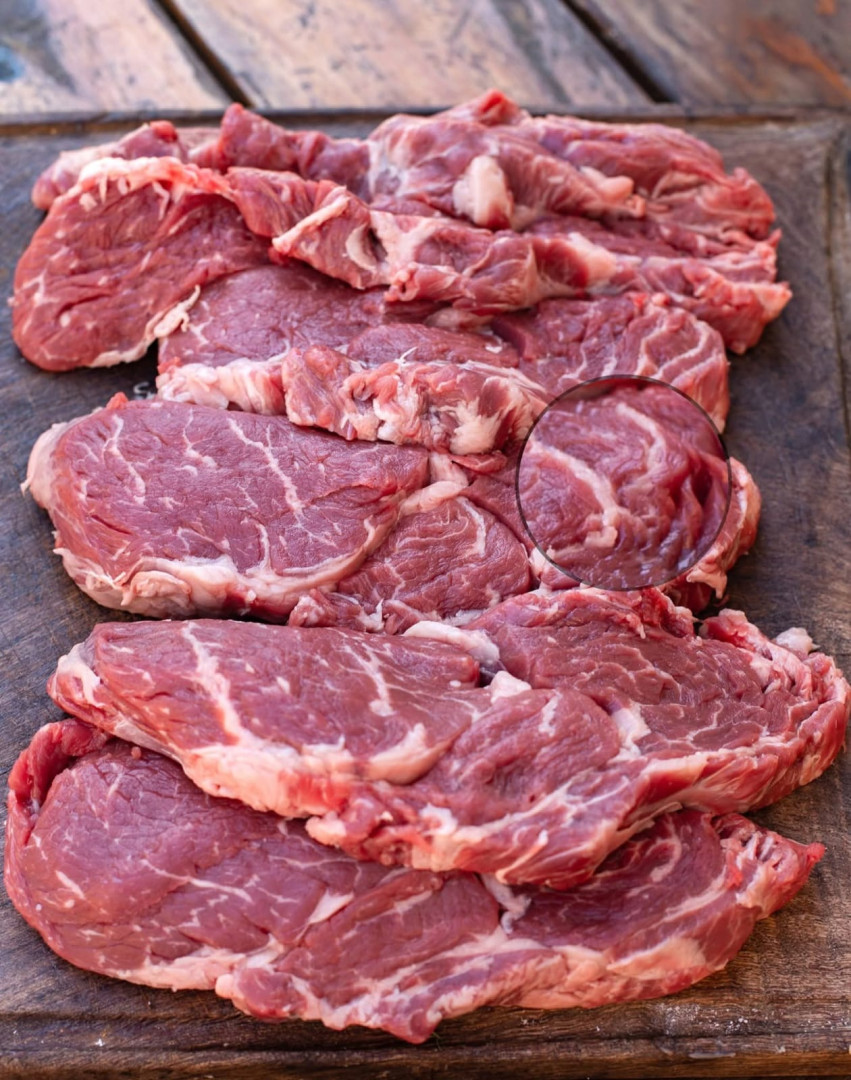ADVERTISEMENT
Certainly! Here’s an article draft titled “10 Things to Look For When Buying Meat (And How to Buy the Best Quality Meat)”:
10 Things to Look For When Buying Meat (And How to Buy the Best Quality Meat)
Buying meat can sometimes feel overwhelming, especially with so many choices at the butcher or grocery store. But knowing what to look for can make all the difference in ensuring you get the best quality meat—tender, flavorful, and safe to eat. Whether you’re shopping for steak, chicken, pork, or ground meat, these ten tips will help you become a smarter meat buyer.
1. Check the Color
Color is one of the first indicators of freshness and quality. Beef should be a bright, cherry-red color—avoid meat that looks brown or gray, as this can indicate aging or spoilage. Pork should have a light pink hue, while fresh chicken should be pale pink with no gray spots.
2. Look at the Marbling
Marbling refers to the tiny streaks of fat running through the meat. Good marbling in beef enhances flavor and tenderness. The fat melts during cooking, making the meat juicy and rich. For pork and lamb, a moderate amount of fat is also desirable for taste and texture.
3. Smell the Meat
Fresh meat should have a mild, clean smell. If the meat smells sour, ammonia-like, or off in any way, it’s best to avoid it. Trust your nose as a key indicator of meat quality.
4. Feel the Texture
Press the meat lightly with your finger. Fresh meat should be firm but slightly springy. If it feels mushy or sticky, it could be a sign of spoilage or poor handling.
5. Check the Packaging
Look for tight, intact packaging with no tears or leaks. Vacuum-sealed packages or those with minimal air exposure help maintain freshness. Avoid packages with excessive liquid pooling at the bottom, as this can indicate that the meat has been sitting too long.
6. Know Your Cuts
Understanding meat cuts can help you choose the right piece for your recipe and budget. For example, ribeye and tenderloin are premium beef cuts known for tenderness, while chuck is tougher but great for slow cooking. Ask your butcher for recommendations if you’re unsure.
7. Look for USDA or Other Quality Marks
In the U.S., USDA grading (Prime, Choice, Select) indicates the quality and marbling of beef. Prime is the highest grade, known for excellent marbling and tenderness. Other countries have similar grading systems—look for these quality assurances when available.
